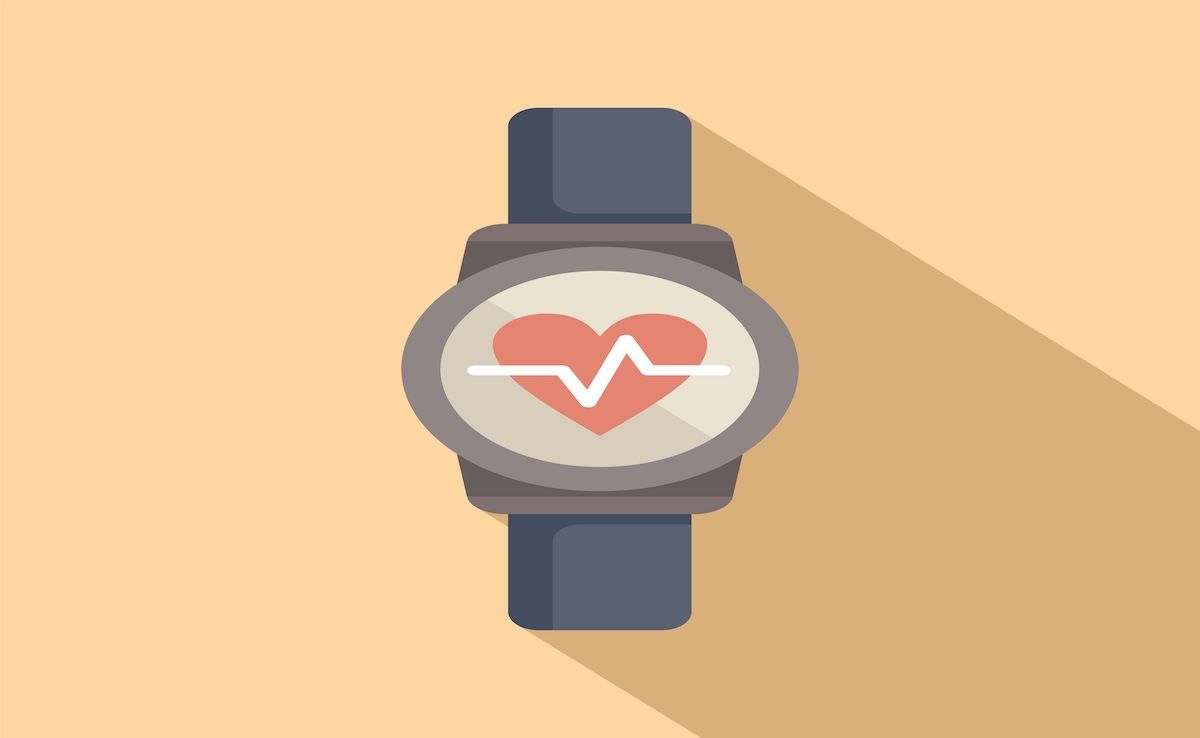Article
Challenges for Practices Replacing Their EHR in 2016
Author(s):
A recent Jackson Healthcare report on physician trends found that 85% of providers have adopted electronic health records (EHR) systems. However, provider satisfaction with their EHR systems has been declining.
A recent Jackson Healthcare report on physician trends found that 85% of providers have adopted electronic health records (EHR) systems. Also worth noting is that 61% of physicians reported their EHR's overhead costs have increased due to Affordable Care Act (ACA) requirements. At the same time, provider satisfaction with their EHR systems has been declining. Today’s providers understand that an EHR can make or break their practice's efficiency.
It is likely that 2016 will see many physicians replacing underperforming EHRs in an effort to better manage regulation compliance as well as revenue cycles.
Specific Reasons to Replace Your EHR in 2016
1. Your Staff Juggles Multiple Systems
Collecting data should not be the cause of workflow inefficiency. When your staff has to log into your EHR to access patient information, then log into a separate practice management system to retrieve patient billing data, far too much time is wasted. The demands on you and your staff will only increase in the coming years and a unified solution makes the most sense for the long-term health of your practice.
2. Your EHR Doesn't Fit Your Specialty
Out-of-the-box solutions that lack customization options leave specialty practices desiring for more. When the system cannot be customized for your specialty, the result is documentation that takes a considerable amount of time—time that eats into treating patients and earning revenue.
An EHR solution that comes with customizable templates will allow your practice to grow and have the functionality that’s tailored to your specific workflow.
3. Your System Suffers from Chronic Technical Problems
Information technology problems are not only a hassle, they can seriously affect your practice’s productivity and patient satisfaction. EHR hardware and software problems force staff to work longer hours to play catch-up.
4. It’s Lacking Features You Need
Features like patient portals, iPad apps and automated patient reminders aren’t just “nice extras,” they can be a huge benefit to your workflow. For instance, automated reminders can save significant staff time and reduce no-shows. Patient portals allow patients to access their lab results without your staff having to spend time playing phone tag. Every practice should be able to leverage these features.
Barriers for Practices Making an EHR Switch in 2016
What challenges will practices choosing to make an EHR switch this year face and what can be done to overcome these barriers?
Meaningful Use
Practices looking to make the switch will need to focus on meaningful use (MU) regulations and how they can remain compliant for many years to come. In the next few years, more practices will begin attesting to MU and will need to ensure they can advance to stage 2 and stage 3.
Regardless of where on the meaningful use spectrum a practice is, a replacement EHR should offer functionality that meets all MU requirements for the long term. To do this, providers are encouraged to visit the Office of the National Coordinator of Health Information Technology's website and match the MU criteria listed to an EHR’s existing functionality to determine if the system should be adopted. Don’t fall for what a vendor proposes their system will be able to do in the future, understand exactly what is does NOW.
Cost
Replacing an EHR system will come with a hefty price tag. Research suggests initial EHR cost average roughly $44,000 for each full-time provider. On top of this is an additional $8500 price tag for annual operating costs. As with any other long-term investment, providers should select a replacement system while considering the return on their investment.
Alternative Payment Models
The healthcare industry has already begun the transition from a fee-for-service model to a pay-for-service model. This migration will continue as efforts are made to decrease the cost of care while improving patient outcomes. Based on this continuing transition, practices replacing their EHR should make sure their new solution offers the necessary tools to monitor treatment outcomes and provide adequate analytical capabilities to flag any potential problems.
Too Many Choices
Consumers shopping for EHR systems will quickly find a flooded market with a high churn rate. This causes vendors to attempt to improve their standing in the marketplace by any means necessary.
Providers who only consider a few vendors, without examining a larger sample of options, may find they have purchased a “solution” with little support and limited functionality. In order not to overlook the right replacement system, physicians are encouraged to research and speak with multiple vendors before making a final decision.
Given the shifting expectations of meaningful use requirements and the continued evolution of the healthcare landscape, replacing an underperforming EHR system makes sense. Small practices will do well to recognize the challenges ahead of them to ensure they invest wisely and get a significant return.





